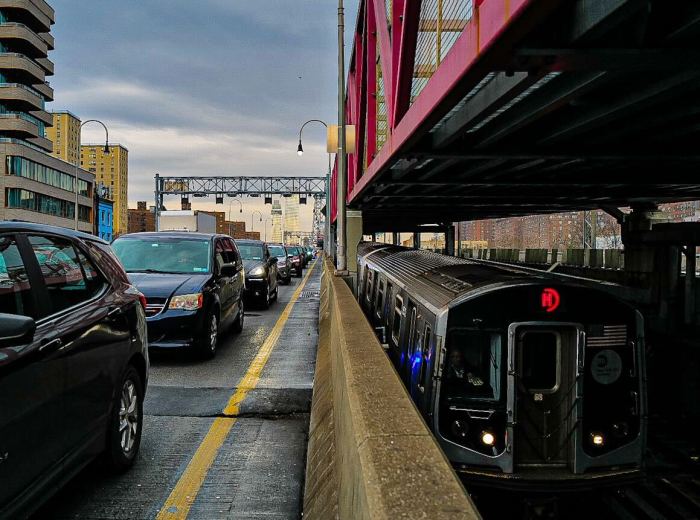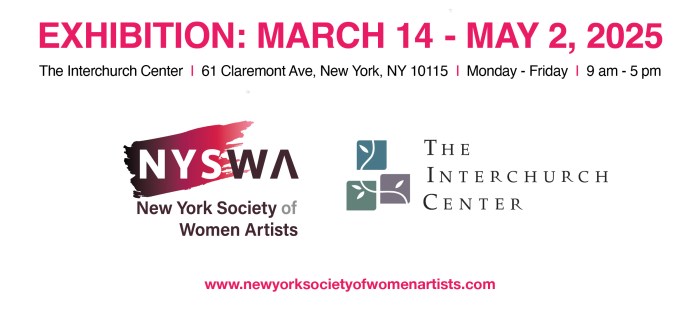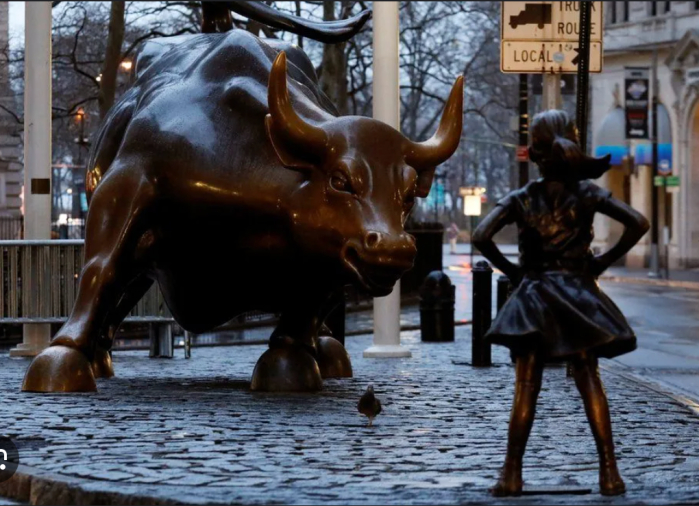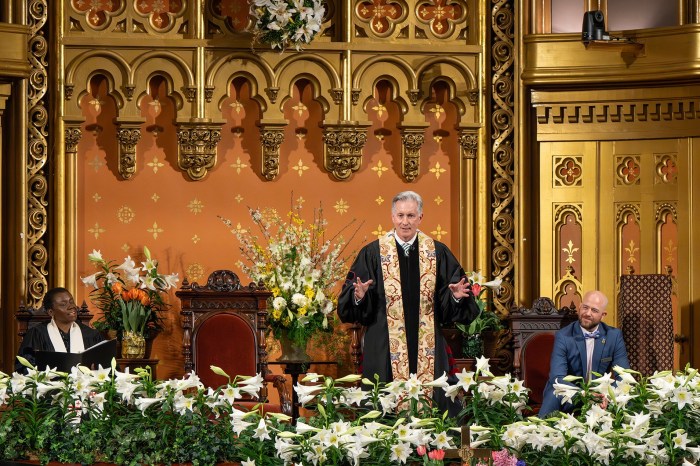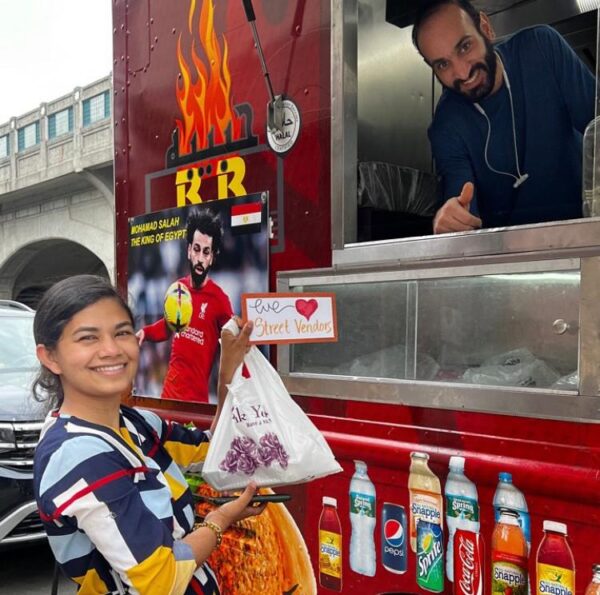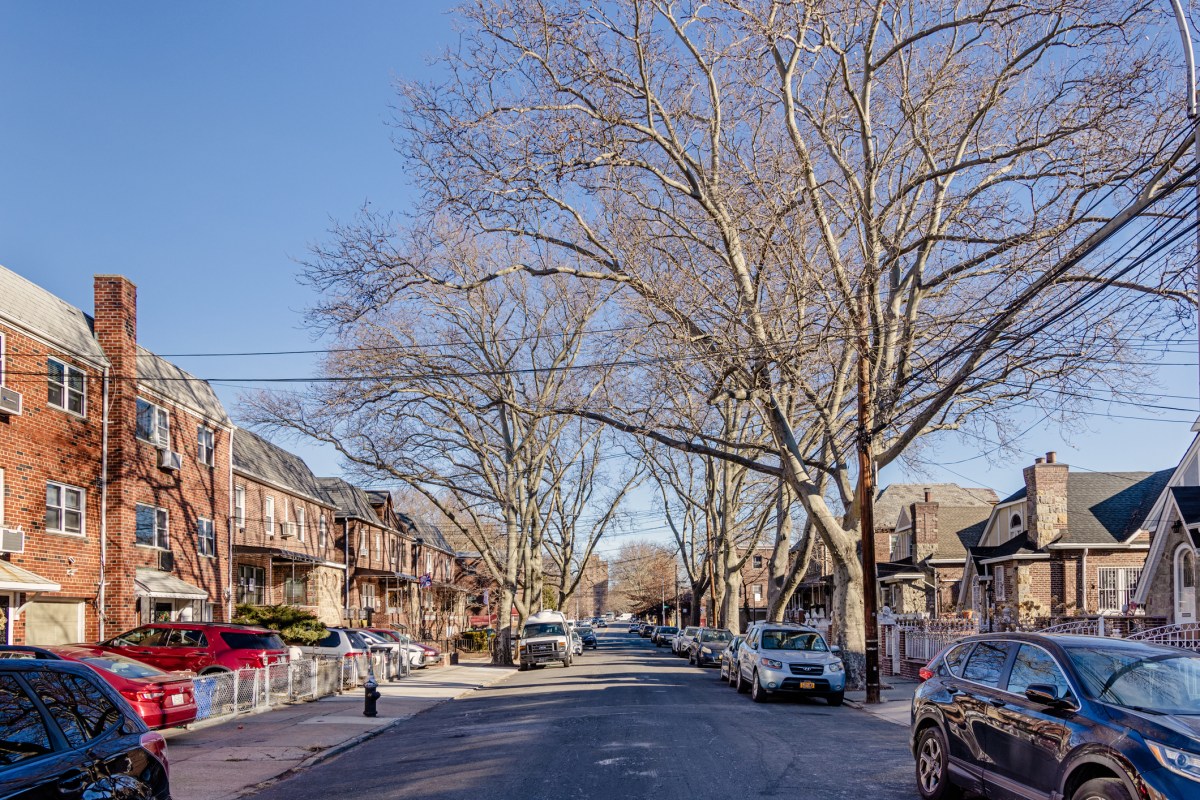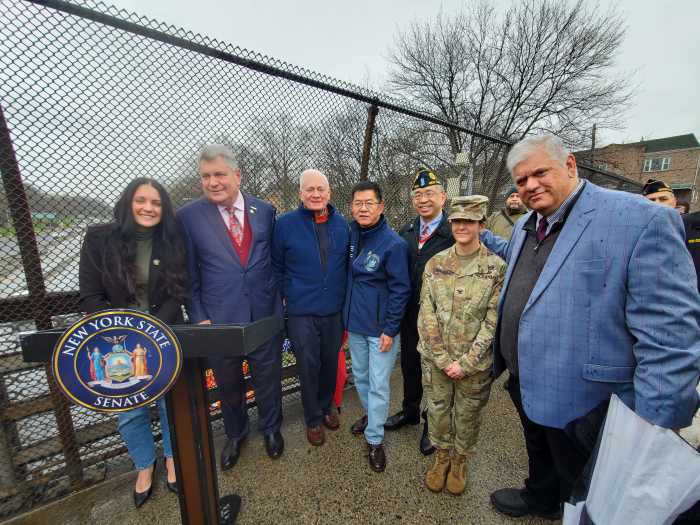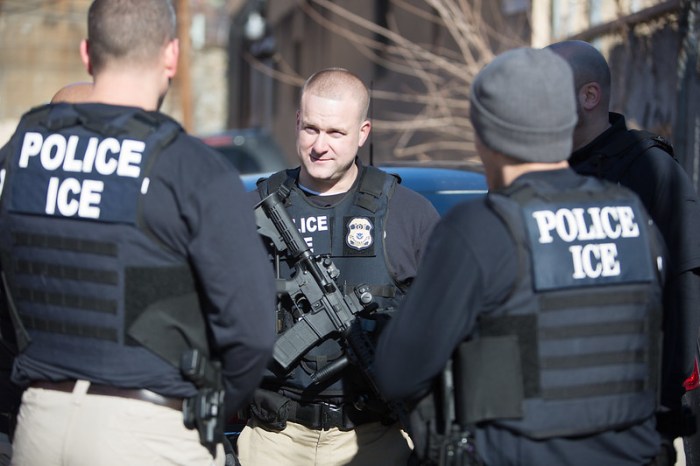President Trump’s effort to kill halt congestion pricing in NYC on Wednesday begs many questions about the controversial toll program’s future.
The U.S. Department of Transportation (USDOT) terminated its original approval of the program in a shocking move this week. More specifically, it rescinded a Nov. 21, 2024, agreement made under the Value Pricing Pilot Program (VPPP) during the Biden administration. (The VPPP essentially provides transportation agencies with options to manage highway congestion through tolling and other pricing.)
Political lingo aside, nothing in congestion pricing’s immediate path ahead will change — mostly due to a lawsuit the MTA immediately filed in federal court moments after the Trump administration made its Feb. 19 announcement.
Janno Lieber, MTA chair and CEO, called the feds’ move a “baseless effort to snatch benefits” such as reduced traffic, faster travel times and increased speeds for buses and emergency vehicles away from New Yorkers.
“It’s mystifying that after four years and 4,000 pages of federally-supervised environmental review – and barely three months after giving final approval to the Congestion Relief Program – USDOT would seek to totally reverse course,” Lieber said.
Gov. Kathy Hochul went further at a Wednesday afternoon press conference, saying that Trump’s decision was an attack on New York’s sovereignty by a self-appointed “king.”
According to reports and datasets, signs pointed to some positive results from congestion pricing’s short, six-week run. By its third week in action, the MTA reported an overall 7.5 reduction in traffic within the Congestion Relief Zone (CRZ), located south of and including 60th Street.
Traffic began creeping slightly back into the area this month. But a slow uptick in traffic is normal for this time of year, MTA officials said.
The congestion pricing halt: What you need to know
Here are some key points to keep in mind as action on congestion pricing continues:
What role does the federal government have in approving or ending congestion pricing?
A big one. Congestion pricing, which the MTA said would help finance $15 billion in vital transportation projects, includes tolls on federal highways in and near the CRZ. Because of this, U.S. approval is required.
However, according to Kate Slevin, executive vice president of the Regional Plan Association, despite the federal government’s role in congestion pricing, it does not have the authority to mandate what happens locally.
“The federal government has authorized the VPPP agreement in a number of states; New York is not the only one,” she said. “It has the role of authorizing a program like this and letting it play out. It’s not within the federal government to mandate what happens on the streets of New York.”
However, U.S. Transportation Secretary Sean Duffy gave several reasons for ending the program, alleging it provides no toll-free option for many drivers who want or need to travel by vehicle in the metro area. He also said the toll rate was set primarily to raise revenue for transit, rather than at an amount needed to reduce congestion.
Is congestion pricing still in effect?
For now, yes. Drivers entering the CRZ will still be charged a toll, the same way they have been since Jan. 5.
Hochul made it clear during a press conference at Grand Central Station on Feb. 19 that the toll cameras are staying on and collection would continue until a court orders them to stop.
When will that court order be given?
It is nearly impossible to say, but in previous litigation about the program, courts have ruled in the MTA’s favor.
“There has been a dozen or so lawsuits filed about congestion pricing, and so far, the MTA has come out victorious,” Slevin said.
She added that from a practical standpoint, it “seems remiss” to stop the program in its tracks so soon after its launch.
“It’s working. It’s delivering benefits. They should keep it in place and see what happens in a couple of months.”
According to an article in Crain’s, multiple legal experts said the legal battle can last many months if not years.
How does NYS and the MTA see the controversy playing out?
Although congestion pricing showed signs of working, such as less congestion at various points of entry and more subway ridership, Trump repeatedly said along the campaign trail that he would end congestion pricing—leaving state officials already prepared for any stoppage.
“Our MTA was prepared; we knew this could come,” Hochul said on Wednesday.
In the meantime, New Yorkers remain divided on whether or not congestion pricing should continue.
Read More: https://www.amny.com/nyc-transit/





